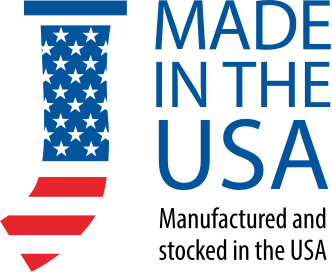What are Thin Film Applications?

A thin film application involves a very fine, or thin layer of material that can be so small, ranging from fractions of a nanometer in thickness to several micrometers in size. Examples of applications that benefit from thin film applications include optical coatings for a lens or mirror, and electronic semiconductor devices. Think of any of a number of mirrors, like the one you find in your bathroom. Household mirrors are typically made up of a sheet of glass that has a very fine application of thin film, which gives the mirror the ability to reflect images. The performance of an optical mirror will depend on the thickness of the thin film application. As you can probably imagine, the thickness of the coating will enhance an optical mirror more so than a thinner coating can.
Thin film applications can also be used for product protection purposes. For example, the use of ceramic thin films, which have become quite the popular protective application, because of its ability to harden, can protect substrate materials against general wear and tear, corrosive particles and elements, and oxidation. Placing ceramic thin films on cutting tools has also proven to be advantageous, as the protective coating can extend the life of these types of tools by giving it strength and durability it otherwise would not have in its regular form.
Thin Film Deposition and Deposition Techniques
When applying any thin film application to a surface, or previously deposited layers, the procedure is known as thin film deposition. There are two types of deposition techniques, and they are called
chemical deposition and
physical deposition. Regarding chemical deposition, a fluid precursor will undergo a chemical change, forming into a solid layer when it is placed onto a solid surface. For a better understanding, think of a substance, like soot, that is placed onto a cold temperature object, and is then placed inside a flame. The soot will mold itself onto the cool object as the temperature warms.
The second deposition is known ad physical deposition. Physical deposition involves the use of mechanical, electromechanical, and thermodynamics as a means to produce a thin film onto a substrate, which will then form into a solid mold. How frost develops is a perfect example of physical deposition. The material, or substrate that is being deposited will be placed into a high energy, entropic (thermodynamic) environment. Particles emanating from the material will release form the surface and escape form the substrate. Opposite the substrate is a cooler surface, which will natural draw the particles free in the air. The particles will come to rest on the cooler surface, then mold, and become a solid layer. This entire system happens in a vacuum deposition chamber, which allows the particles to fly freely throughout the air. Science dictates that free flowing particles natural follow a straight path, which is why films deposited by physical means are almost always directional, whereas chemical deposition is conformal, or an interface that is uneven in nature.
 A thin film application involves a very fine, or thin layer of material that can be so small, ranging from fractions of a nanometer in thickness to several micrometers in size. Examples of applications that benefit from thin film applications include optical coatings for a lens or mirror, and electronic semiconductor devices. Think of any of a number of mirrors, like the one you find in your bathroom. Household mirrors are typically made up of a sheet of glass that has a very fine application of thin film, which gives the mirror the ability to reflect images. The performance of an optical mirror will depend on the thickness of the thin film application. As you can probably imagine, the thickness of the coating will enhance an optical mirror more so than a thinner coating can.
Thin film applications can also be used for product protection purposes. For example, the use of ceramic thin films, which have become quite the popular protective application, because of its ability to harden, can protect substrate materials against general wear and tear, corrosive particles and elements, and oxidation. Placing ceramic thin films on cutting tools has also proven to be advantageous, as the protective coating can extend the life of these types of tools by giving it strength and durability it otherwise would not have in its regular form.
A thin film application involves a very fine, or thin layer of material that can be so small, ranging from fractions of a nanometer in thickness to several micrometers in size. Examples of applications that benefit from thin film applications include optical coatings for a lens or mirror, and electronic semiconductor devices. Think of any of a number of mirrors, like the one you find in your bathroom. Household mirrors are typically made up of a sheet of glass that has a very fine application of thin film, which gives the mirror the ability to reflect images. The performance of an optical mirror will depend on the thickness of the thin film application. As you can probably imagine, the thickness of the coating will enhance an optical mirror more so than a thinner coating can.
Thin film applications can also be used for product protection purposes. For example, the use of ceramic thin films, which have become quite the popular protective application, because of its ability to harden, can protect substrate materials against general wear and tear, corrosive particles and elements, and oxidation. Placing ceramic thin films on cutting tools has also proven to be advantageous, as the protective coating can extend the life of these types of tools by giving it strength and durability it otherwise would not have in its regular form.



















